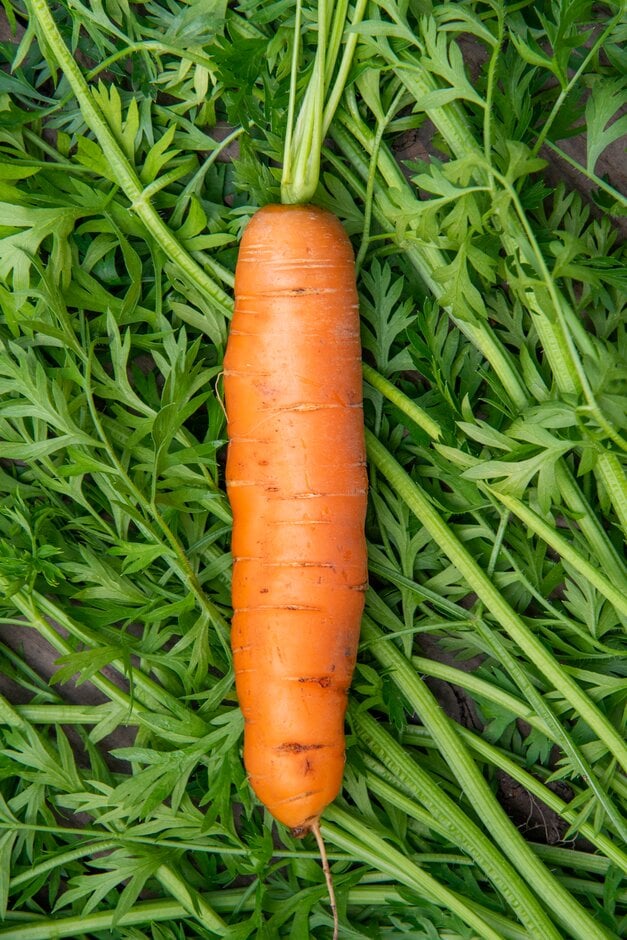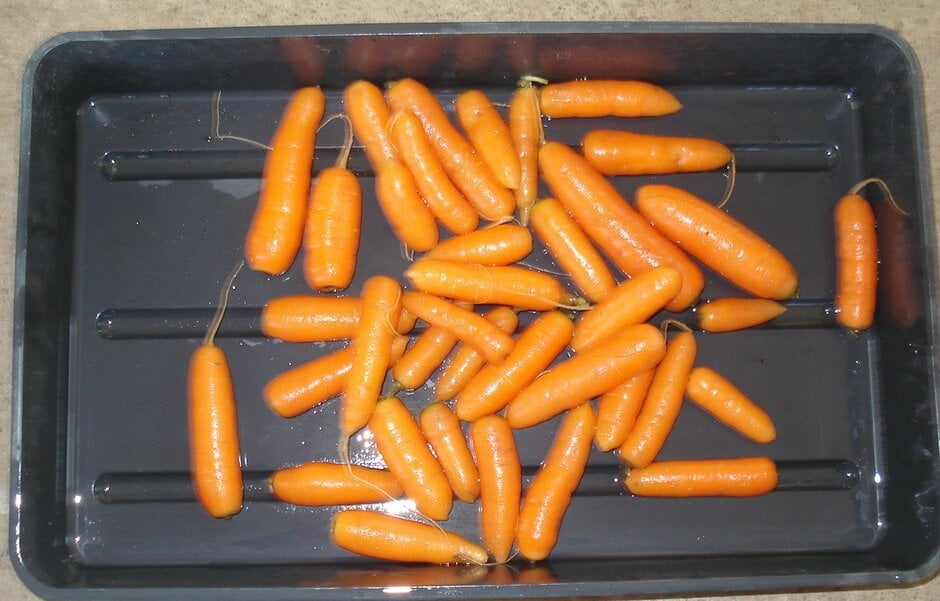Size
Ultimate height
0.1–0.5 metresTime to ultimate height
1 yearUltimate spread
0.1–0.5 metresGrowing conditions
Moisture
Well–drainedpH
Acid, Alkaline, NeutralColour & scent
| Stem | Flower | Foliage | Fruit | |
| Spring | Green | |||
|---|---|---|---|---|
| Summer | Green | Orange | ||
| Autumn | Green | Orange | ||
| Winter |
Position
- Full sun
Aspect
South–facing or West–facing
Exposure
Exposed or Sheltered Hardiness
H3Botanical details
- Family
- Apiaceae
- Native to GB / Ireland
- No
- Foliage
- Deciduous
- Habit
- Clump forming
- Genus
Daucus are more commonly known as wild carrot, a group of herbaceous, biennial (although not always) plants which can reach a height of between 30 to 60cm. The triangular shaped leaves are tripinnate, divided and lacy and flowers begin in pink buds, opening into small and white clustered together in dense umbels. The fruit is small, hairy and lumpy.
- Name status
Accepted
How to grow
Cultivation
Grow in an open, sunny position with deeply cultivated, well-drained soil; heavy clay or stony soils may cause carrots to fork. Can also be grown in containers. For more advice see the RHS A-Z Guides to vegetable cultivation
Propagation
Propagate by seed. See sowing vegetable seeds
Suggested planting locations and garden types
- Cottage and informal garden
- Wildlife gardens
Pruning
No pruning required
Pests
May be susceptible to carrot fly and slugs, foliage may be susceptible to aphids
Diseases
Generally disease-free
Love gardening
Sign up to receive regular gardening tips, inspiration, offers and more
View our Privacy Policy
Get involved
The Royal Horticultural Society is the UK’s leading gardening charity. We aim to enrich everyone’s life through plants, and make the UK a greener and more beautiful place.

